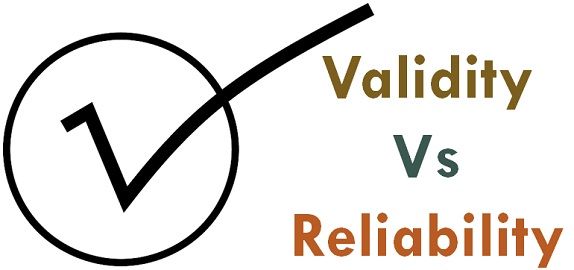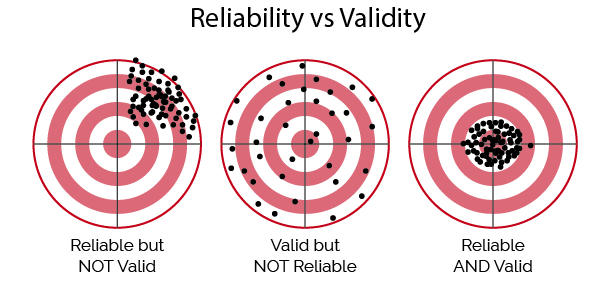


Now that you know what you need students to learn, what activity might match that purpose, and whether or not the activity already includes an assessment, it’s time to make sure that assessment will get you the information you need (If it does, skip Step 4 and 5 below), or if you need to develop an assessment that will.There isn’t anything in the activity that helps teachers understand if each student learned more about operational definitions. After you choose your demonstration/activity, look through the procedures to see if it includes something that requires students to “show what they know.” Some activities include this step, some don’t.Įxample: Some activities have a “built in” assessmentĮxample: Some activities don't have a “built in” assessmentĮxample = Habit and perspectives (PDF, 96KB) -this activity includes a “Why the Heck do I do that?” sheet teachers can use to determine if students learned how to apply their knowledge of psychological perspectives.Įxample = Smiling Operational Definition (PDF, 825KB).Asking students what they learned from an activity is a common way to check for understanding, but it has limitations: Usually not all students have an opportunity to respond, so you may know the students who raised their hands and provided answers learned something, but you don’t have any information about what the rest of the class learned.These steps may be useful for teachers as they modify existing demonstrations/activities to add assessment possibilities. Working group members were Regan Gurung, PhD, Rob McEntarffer, PhD, Dana Dunn, PhD, Alan Feldman, Stephanie Franks, Sayra González, PsyD, Jane Halonen, PhD, Miriya Julian, and Maria Vita. This document is an abbreviated version of the “Assessment Guide for Psychology Teachers” (PDF, 617KB ) (APA Working Group on Assessing Student Knowledge and Skills in Psychology, 2017) document developed at the APA Summit on High School Psychology Education. Activities/demonstrations can be even more useful in high school psychology classrooms if they include efficient tools teachers can use to gauge what students learned. While these activities/demonstrations can be engaging, exciting elements of high school psychology classes, very few of them include a way to measure the learning impact of the activity.

There are hundreds of demonstrations/activities available for high school psych teachers (Benjamin et al., 1999).


 0 kommentar(er)
0 kommentar(er)
